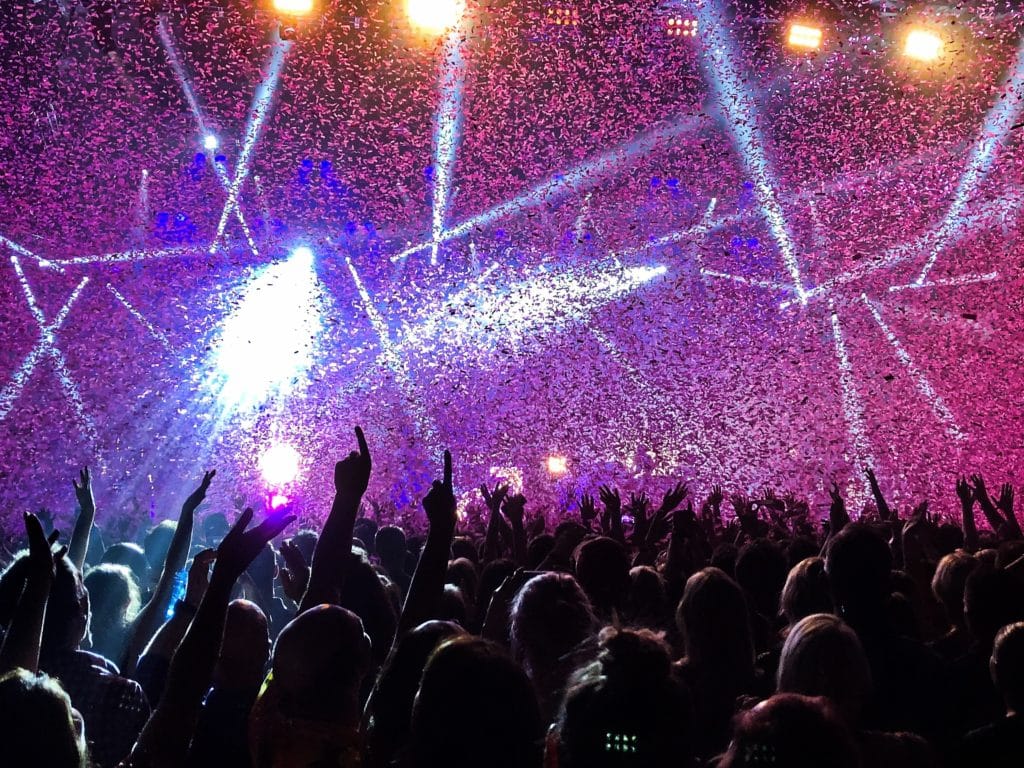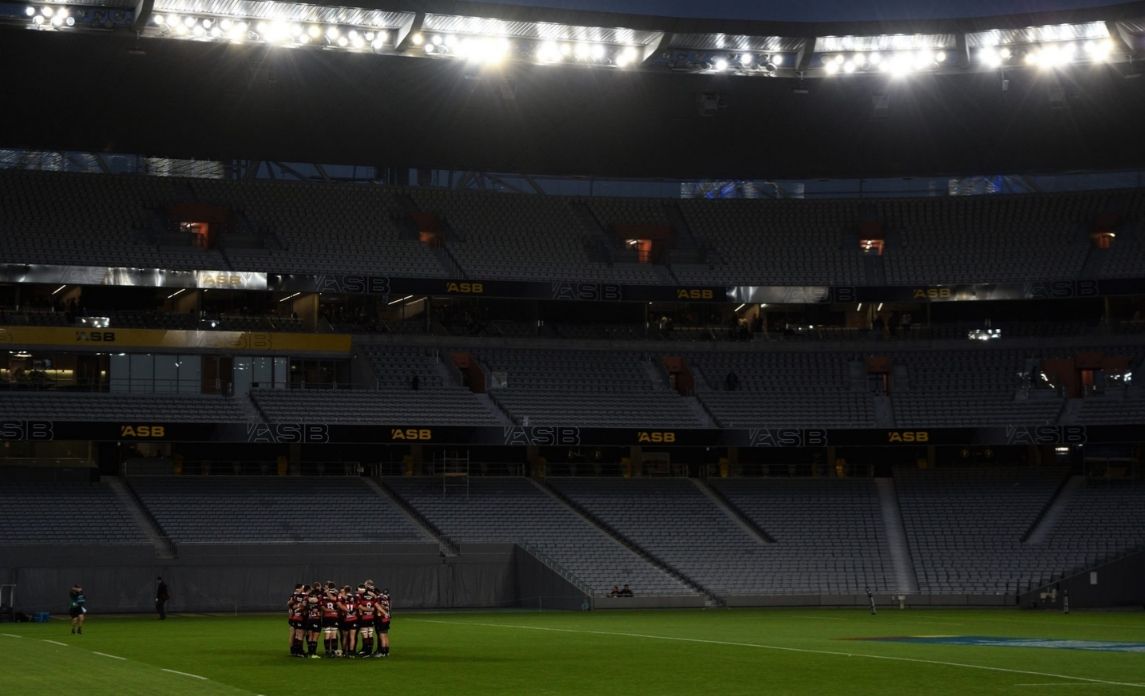For most people, cleaning is a relatively easy albeit repetitive task. You vacuum the floors and carpets, dust the shelves, wash the sink, and scrub the toilet to get rid of nasty smells and built-up grime. Throw in a little bit of spring cleaning maybe once or twice a year and you’re all set.
These activities are all well and good when it comes to cleaning homes. However, massive spaces are another story. These need a professional commercial cleaning crew to get things straightened out. That’s because stadiums, arenas, and airports are much more difficult to clean compared to houses and apartments. It’s not only the sheer size of these venues that present a challenge. There are also other factors that further complicate the process.
Here are just a few challenges that commercial cleaning crews face when dealing with massive spaces.
Dust and dirt
The Salt Lake Stadium in India has a seating capacity of 120,000. In the United States, the Michigan Stadium seats 113,000, while the Beaver Stadium in Pennsylvania can accommodate 110,000. Locally, Eden Park in Auckland has a capacity of 50,000. You get the picture: massive spaces can host tens of thousands of people. Just imagine how much dirt can be dragged around by 100,000 pairs of shoes. If it’s raining, then it gets even worse because mud is more difficult to wash out. Moreover, the dust and dirt don’t just get on the floor. These stubborn tiny particles can cling to railings, seats, and even decorative elements like plants. Regular brooms and mops simply won’t cut it. Industrial vacuums and other heavy-duty equipment are needed to get rid of this much dust, dirt, and mud.
Various kinds of trash
In places as huge as stadiums and airports, it’s a must to have rubbish bins in every corner. However, for every person who disposes their trash properly, there are more who think it’s okay to litter. Food and drinks are the primary culprits. Wrappers and boxes, paper towells, plastic and paper cups, peanut shells, ketchup and mustard splattered all over—it’s a veritable nightmare. Couple these with the real estate of an arena and you have thousands of possible spaces where rubbish and stains can build up or hide.
Then there are also assortments of rubbish that can come from different kinds of events. Concerts, for example, can yield trash like popped balloons, confetti, and even glitter. Ticket stubs, cigarette butts, and candy wrappers are also common. The most practical way that commercial cleaning crews approach this kind of job is to clean from the top down. Everything ends up in one heap on the bottommost level, where the trash can then be picked up by industrial sweepers and placed into skips or other suitable containers.

Toilets
Toilets are already challenging to clean in domestic settings. What more in commercial environments where thousands of people use the facilities multiple times each day? Worse, these thousands of people don’t all share the same hygiene habits. Further adding to the challenge is that these huge venues have several toilets, each with multiple cubicles and fixtures. To give you an example, Hartsfield-Jackson Atlanta International Airport has almost 1,300 toilets! That’s a lot of potential homes for germs and bacteria that can cause unpleasant odours at the very least and deadly diseases at worst.
As such, commercial cleaning teams are under great pressure to keep toilets clean. In addition, they are also working within a tight timeline. In stadiums and arenas, the toilets should be back in their clean states the next day. In airports, the schedule is so much tighter because people come and go at all hours. Professional cleaners use industrial-quality equipment like pressure washers and high-performance vacuums to ensure efficiency in sorting out these nooks.
Thousands of seats
Not many may realise the kind of abuse that stadium or airport seats receive every day. Drinks get spilled, and food debris is scattered and worm their way into creases. People also sweat. This might not be too much of a problem in air-conditioned airports and coliseums, but quite a big concern in open-air stadiums. And then there are also a few accidents, like little children getting sick and vomiting all over the upholstery. Cleaning crews take care of these messes with the usual cleaning supplies like brooms, mops, rags, and brushes. They also use the appropriate cleaning solutions when necessary, and also mop, vacuum, and sweep the flooring and carpets beneath and around the seats.
Floors
When we attend sporting events, watch a concert, or rush to catch our flight, we don’t pay that much attention to the floor. That is until we step on a sticky patch or slip on a puddle. Soil, sand, mud, snow, food and drinks, almost every kind of dirt and grime come into contact with these sprawling floors every single day. Complicating things are hard floors with different finishes, like wood, tile, marble, and even carpet. Commercial cleaning crews are always at the ready with various equipment to ensure that the floors are kept clean, dried, and polished quickly. This is not just for comfort and aesthetics, but for everyone’s safety as well.
Keeping huge, public venues clean and safe for use and to generate profit takes a lot of effort. It pays to work with reliable commercial cleaning teams such as those from Crewcare to accomplish the task. It’s a good idea because they’re equipped not just with the right tools but also the training to do a thorough job, leaving you with a clean space ready for the next big event.
Sources:
- Stadium clean up takes time, money – ocolly.com
- Stadium Cleaning: A Huge Job for a Small Crew – kaivac.com
- Airport Cleaning: Unique Challenges, Creative Solutions – kaivac.com
- Top 10 Largest Stadiums In the World by Capacity – interestingengineering.com


